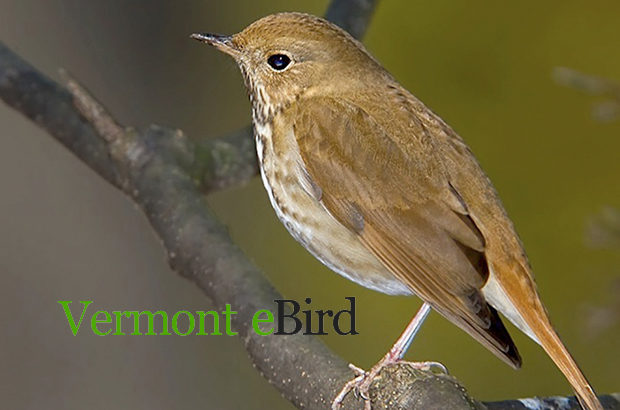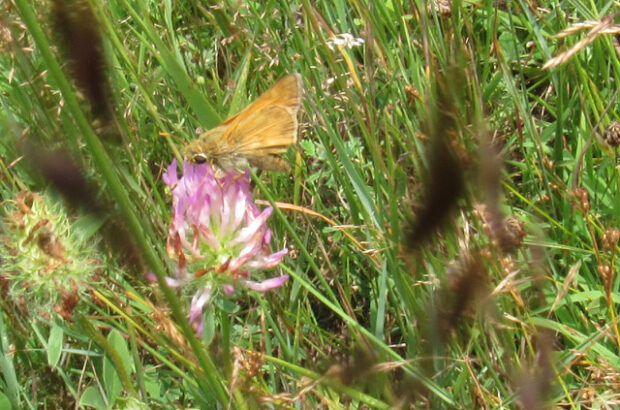

A data platform by GBIF for exploring biodiversity information in Vermont.

Get connected with a community of over a million scientists and naturalists who can help you learn more about nature! What’s more, by recording and sharing your observations, you’ll create research quality data for scientists working to better understand our natural heritage.

Vermont eBird has revolutionized the way that the birding community reports and accesses information about birds. Join nearly 14,000 bird watchers in Vermont in discovering and reporting bird observations for education, science and conservation. Every sighting matters. Contribute yours.

Join the thousands of butterfly watchers in recording your observations. From the rarest butterflies to the most common, your sightings contribute to conservation decisions, scientific knowledge, education, and more. Share your observation and make a difference.

It took less than a month for Terri Armata, one of our star butterfly atlas volunteers, to find and document the 119th butterfly species for Vermont and her 4th state record, a Zabulon Skipper (Lon zabulon).

A new species of moth was recorded for Vermont during the Vermont Atlas of Life annual Vermont Moth Blitz week. A Hops Angleshade (Niphonyx segregata) was photographed and shared to our project on iNaturalist by Erin Talmage on 28 July and identified by taxonomic experts JoAnn Russo and Chris Schmidt.

Terri Armata, one of Vermont’s most ardent butterfly watchers, has done it yet again, recording her third state record butterfly! She found a vagrant Sachem Skipper (Atalopedes huron) in Wilmington, Vermont while surveying butterflies for the Second Vermont Butterfly Atlas this week.

Twenty years ago hundreds of community scientists joined us for the first Vermont Butterfly Atlas, heralding a new era for their conservation. Now with your help, we have the rare opportunity to understand long-term trends in butterfly populations across the state and help conserve them.
Join the Atlas
Right now, hundreds of thousands, perhaps millions, of butterflies are arriving in Vermont. No, they're not Monarchs. These are Red Admirals, and about every decade or so, there’s a massive migration northward from somewhere south. It’s one of the many great migrations that often go unnoticed.

Spring is finally here, and already this year atlas volunteers have found 10 species of butterflies signaling the start of our second atlas field season. Join the atlas and help us learn how Vermont butterfly populations are changing. Thank you to returning volunteers for adopting a survey block last year and big welcome to any new or interested volunteers.

By 2100, Vermont is estimated to experience a net loss of 386 species (or 6%), under the current carbon emission scenario. This comes among several key findings outlined in a new report. It marks the 10th Anniversary of the Vermont Atlas of Life. The report uses nearly 8 million observations from almost 12,000 species reported from across the state to help establish a biodiversity baseline for Vermont, critical for understanding and measuring future biodiversity changes.